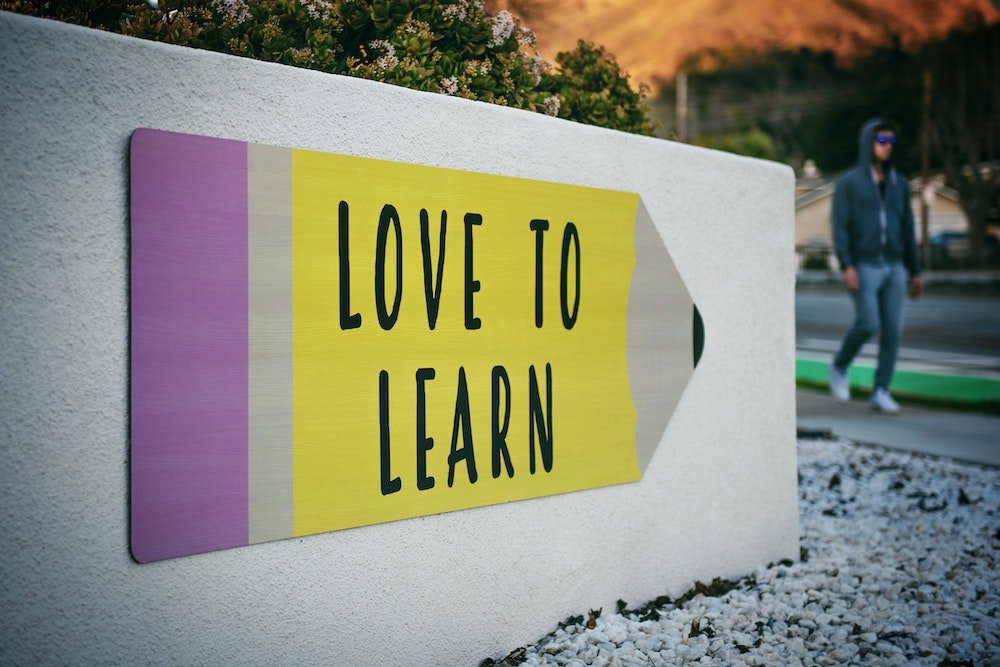A classroom walkthrough is an observation tool used by principals and instructional coaches to provide feedback to teachers on their instructional practice. Walkthroughs provide a low-stakes way for administrators to collect data on instruction and can empower teachers to reflect on and improve their teaching.
When done correctly, walkthroughs can result in improved student achievement. However, for walkthroughs to be successful, it is important to create a school culture that supports them. Below are three ways to foster a school culture that supports classroom walkthroughs.
- Empower teachers to embrace walkthroughs.
The first step in creating a school culture that supports walkthroughs is empowering teachers to embrace them. This means communicating the purpose of walkthroughs to teachers and ensuring that they understand that the goal of walkthroughs is to improve instruction, not punish teachers.
It is also important to involve teachers in the development of the walkthrough process. This will ensure that the process meets the needs of both administrators and teachers and that it is feasible for all stakeholders involved.
- Engage teachers in reflective and collaborative walkthrough conversations.
Another way to foster a school culture that supports classroom walkthroughs is by engaging teachers in reflective and collaborative conversations about their practice. These conversations should take place both before and after a walkthrough has been conducted so that administrators can give targeted feedback based on what they observe.
Before a walkthrough, administrators should meet with each teacher individually to discuss their goals for instruction and any areas of concern. During these meetings, administrators should also explain how the walkthrough process works and what they will be observing for during the observation.
After a walkthrough has been completed, administrators should meet with each teacher again to debrief what was observed during the class period. These debriefing sessions should be collaborative in nature so that administrators and teachers can work together to develop an improvement plan.
- Encourage professional learning around effective instruction.
A final way to support classroom walkthroughs is by encouraging professional learning around effective instruction. This can be done by providing opportunities for teachers to observe each other’s classrooms, attending professional development conferences together, or reading books/articles on effective instruction as a staff.
Encouraging professional learning around effective instruction will help ensure that all stakeholders are on the same page when it comes to what constitutes good teaching and will help create buy-in for the walkthrough process itself.
Classroom walkthroughs are an important tool for improving instruction; however, they can only be successful if there is buy-in from all stakeholders involved. To create a school culture that supports classroom walkthroughs, principals and instructional coaches should empower teachers to embrace them, engage them in reflective and collaborative conversations about their practice, and encourage professional learning around effective instruction. By taking these steps, administrators can set themselves up for success when conducting classroom observations.




